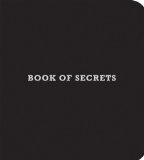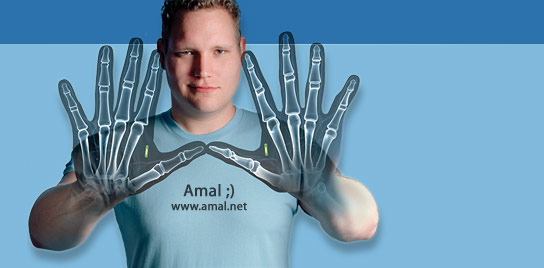 I picked up the Book of Secrets a while back when I went on a recent book buying binge. It was really cheap and I figured it might help battle those random little bouts of boredom one gets from time to time.
I picked up the Book of Secrets a while back when I went on a recent book buying binge. It was really cheap and I figured it might help battle those random little bouts of boredom one gets from time to time.
So what kind of secrets are in this book? Here are just a few!
Page 25 – The secret history of Kotex – Many technical innovations were developed during wartime. In 1914, the paper supplier Kimberly-Clark developed a new type of material out of processed wood called Cellucotton. It was half as cheap to produce as cotton and five times more absorbent. In a patriotic gesture it was soon being sold to the War department at cost to dress wounds for World War I. When the war was over, the company had to find another use for their product. Until then, women had been using cloth rags for sanitary protection, but someone came up with the idea of using Cellucotton for the same purpose. Their marketing agency suggested the name Kotex, an abbreviation of “cotton textile”, and a whole new era of disposable sanitary products began…
Page 114 – The secrets of manipulation techniques used by product manufacturers – We are very obedient when it comes to following instructions on the products we buy, and the manufacturers know it. Famously, back in the 1930s, Lever Brothers asked their employees for suggestions on how to improve their shampoo sales. One bright spark suggested adding the word “Repeat” to the directions on the bottles. Sales immediately doubled. Tiny words like “Refrigerate after opening” began to appear on sauce bottles. Most sauces do not actually require refrigeration, but by instructing users to place bottles in the fridge, the product will be seen and consumed far more often than when it’s forgotten in a cupboard somewhere.
Page 97 – Secret U.S. biological warfare experiments – During the Cold War the U.S. military conducted secret germ warfare experiments on unwitting human subjects. What is most shocking is that these subjects were US Citizens! In 1951, army scientists released supposedly harmless microorganisms at the Norfolk Naval Supply Center in Virginia. Similar experiments on how bacteria might spread among the wider population were carried out at Washington National Airport in 1965. The traveling public were exposed to biological agents in a secret simulation of a germ warfare attack. In the 1970s it was revealed that bacteria and a variety of chemicals had been sprayed over the cities of St. Louis, San Francisco, and another 200 populated areas since the 1950s. The army strongly denied that any of the microorganisms could cause any harm, although mysterious illnesses and deaths have been linked to the experiments. On occasions, deadly substances have been used. In Utah in 1968, around 6,000 sheep were killed after the army released nerve gas 20 miles away. [From page 126] In 1966, the U.S. Army carried out biological warfar experiments on the New York Subway without informing the population. A light bulb filled with a [supposedly] harmless bacterium, Bacillus subtilis variant niger, was smashed onto the tracks. Within 20 minutes, it had spread throughout the system and affected a million civilians. Experts estimated that had a more deadly organism been released, thousands of lives would have been at risk.
That last one I had to check up on for myself… I mean, it’s one thing to say “The US Army conducted experiments on US citizens”, but it’s quite another to be able to prove it. After a simple Google search though, it became clear that something was going on (1, 2). Not cool!












